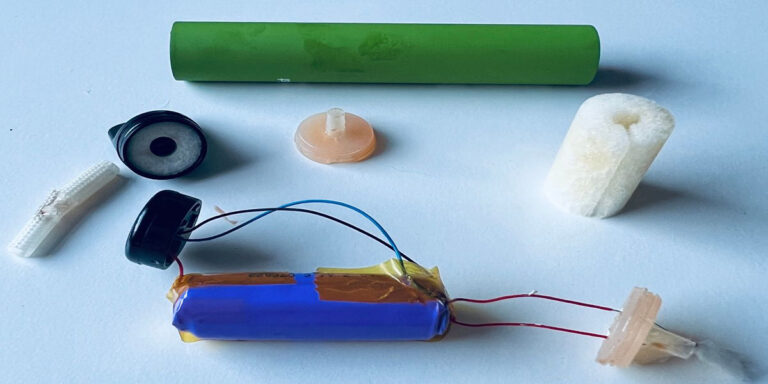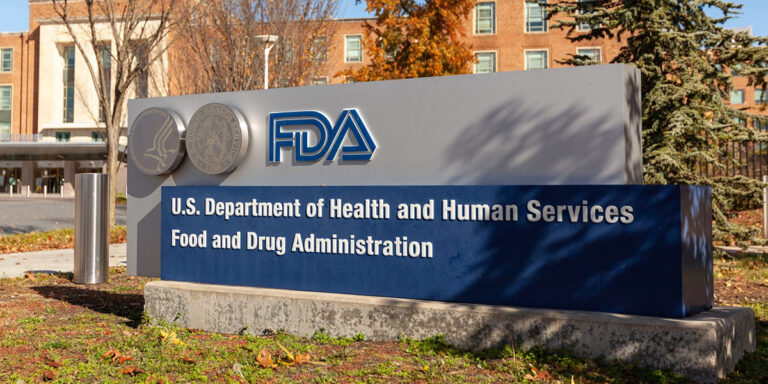On May 30, The Star reported that the Kenyan Ministry of Health is considering a significant crackdown on certain nicotine products to address the escalating crisis of nicotine abuse. Public Health Principal Secretary Mary Muthoni announced that the Ministry is prepared to implement measures recommended by a task force aimed at regulating emerging nicotine and tobacco products that do not comply with the Tobacco Control Act.
The Task Force’s Findings and Recommendations
Emergence of New Nicotine Products
The task force, led by Dr. Andrew Toro, head of the Ministry of Health’s Tobacco Control Division, was commissioned to investigate the influx of new nicotine and tobacco products in the Kenyan market. These products, which often do not adhere to existing regulations, pose a significant risk to public health.
High Nicotine Content in Products
One alarming finding was that some nicotine pouches contain more than 11 milligrams of nicotine per pouch, equating to more than 20 cigarettes. This high nicotine content significantly increases the risk of addiction, complicates efforts to quit, and can serve as a gateway to smoking and other tobacco product use.
Proposed Measures to Combat Nicotine Abuse
Stricter Control and Regulation
The task force has recommended the strict control and regulation of new nicotine and tobacco products. This includes the withdrawal of non-compliant products from the market and establishing a multi-agency team to investigate the extent of nicotine proliferation in the country.
Amendment of Tobacco Control Regulations
Principal Secretary Muthoni indicated that the first step would be to amend the existing tobacco control regulations. This would involve updating the legal framework to better address the challenges posed by new nicotine products and ensure stricter compliance with the law.
Implementation of Cessation Programs
The task force also urged the government to fully implement nicotine and tobacco cessation programs in hospitals. These programs are crucial for providing support to individuals looking to quit nicotine and tobacco use, thereby reducing addiction rates and improving public health outcomes.
Impact on Public Health and Regulation
Reducing Nicotine Abuse
The proposed crackdown aims to significantly reduce the prevalence of nicotine abuse in Kenya. By withdrawing non-compliant products and enforcing stricter regulations, the Ministry of Health seeks to protect public health and prevent new cases of nicotine addiction.
Protecting Consumers
Ensuring that only compliant, safe nicotine products are available in the market will help protect consumers from the risks associated with high-nicotine products. This is particularly important for preventing young people from becoming addicted to nicotine at an early age.
Comprehensive Health Strategies
The recommendation to implement cessation programs in hospitals is a proactive step towards addressing nicotine addiction. These programs will provide essential support and resources for individuals attempting to quit, contributing to a healthier population overall.
Challenges and Considerations
Market Adaptation
The market for nicotine products in Kenya will need to adapt to the new regulations. This could involve changes in product formulations, compliance with stricter standards, and potential shifts in consumer behavior as non-compliant products are withdrawn.
Enforcement and Compliance
Effective enforcement of the new regulations will be critical. This will require coordination between various government agencies and the establishment of robust monitoring and compliance mechanisms to ensure that the crackdown achieves its intended goals.
FAQ
What is the main objective of Kenya’s crackdown on nicotine products?
The main objective is to address the growing crisis of nicotine abuse by regulating emerging nicotine and tobacco products and withdrawing those that do not comply with the Tobacco Control Act.
Why are high-nicotine products a concern?
High-nicotine products increase the risk of addiction, make quitting more difficult, and can act as a gateway to smoking and other tobacco product use, posing significant public health risks.
What measures are proposed to control nicotine products?
The proposed measures include strict regulation of new nicotine and tobacco products, withdrawal of non-compliant products, and the establishment of a multi-agency team to investigate nicotine proliferation.
How will the new regulations impact the market?
The market will need to adapt by ensuring product compliance with stricter standards, potentially leading to changes in product formulations and consumer behavior.
What role do cessation programs play in this initiative?
Cessation programs are essential for providing support to individuals looking to quit nicotine and tobacco use, helping to reduce addiction rates and improve public health outcomes.
What challenges might arise from the new regulations?
Challenges include ensuring effective enforcement, market adaptation, and coordination between various government agencies to achieve compliance and monitor the market effectively.


















